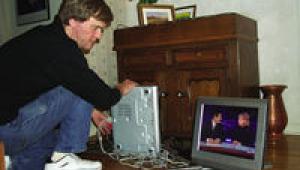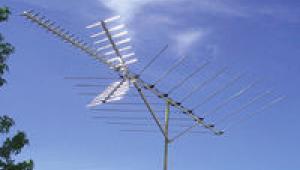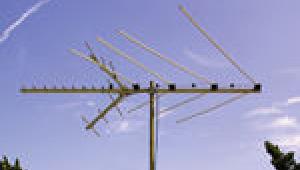Home Theater Boot Camp: Switching Hits Page 2
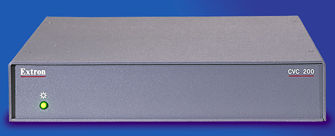
Here's another possible switching scenario: You want to route an HD signal from a single source to multiple display devices. For example, some sophisticated home theaters with extremely expensive front-projection TVs incorporate a second less-expensive direct-view HDTV for more-casual HDTV viewing. Or, you may want to route your HD sources to another room—say, an HDTV in the bedroom or living room (or both). In this situation, you'll need a video-distribution amplifier like Extron's ADA 6 Component. The distribution amplifier can simultaneously drive up to six displays that are connected to it, which enables you to route your HD signal from your main theater to other rooms at the same time. The ADA 6 Component ($695) has one component video input and six component video outputs, and it boasts an ultrahigh video bandwidth of 180 MHz. At $499, Key Digital's KD-DA6 video-distribution amp is a less-expensive option. It has one Y/Pb/Pr component video input with a matching analog stereo audio input, as well as six Y/Pb/Pr component video outputs with matching analog stereo audio outputs. It also has an impressive 120-MHz video bandwidth.
Generally, you use a distribution amp for testing purposes—when you want to put the same signal on a variety of displays to evaluate different HDTVs' picture quality. If you want to have independent-viewing capability in different rooms, you have to outfit each room with its own HD source (be it from satellite or off-air or both) with a set-top decoder for each HDTV set.
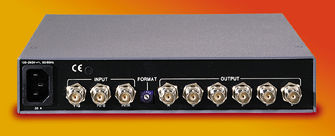
In the last year or so, receiver manufacturers have begun to offer component video switching as a highly touted feature. A word of caution here: Make sure you check the video-bandwidth specification of the receiver before you try switching progressive-scan DVD or HD sources. Most A/V receivers on the market today don't even come close to being able to cleanly pass a 1080i HDTV component video signal, a job that requires a minimum video bandwidth of 35 MHz (+/-3 dB) to do properly. There are a few models out there that can handle the job. Generally speaking, though, these models will reside at the upper end of a product line. For switching S-video and composite video sources like DBS, laserdisc, VHS, and cable TV, a basic A/V receiver or pre/pro will probably suffice.
Today, most American homes have two or three TVs. Someday, hopefully in the not-too-distant future, the average American household will have multiple HDTVs throughout the house. Instead of stressing over how to best route and/or switch our component video sources, we will be worrying about how to deal with the new 15.7-channel digital-audio format.
Current Designs
(201) 342-1235
Extron Electronics
(800) 633-9876
www.extron.com
Key Digital Systems
(888) 258-2028
www.keydigital.com
- Log in or register to post comments


